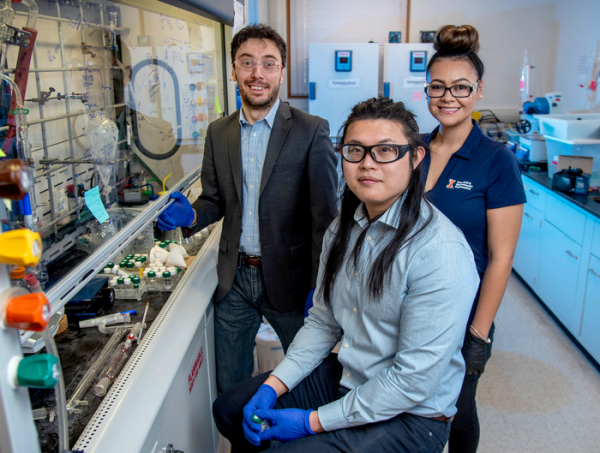Scientists from the University of Illinois Urbana-Champaign, University of California, Santa Barbara, and Dow have developed a breakthrough process to transform the most widely produced plastic — polyethylene (PE) — into the second-most widely produced plastic, polypropylene (PP), which could reduce greenhouse gas emissions (GHG).
“The world needs more and better options for extracting the energy and molecular value from its waste plastics,” said co-lead author Susannah Scott, Distinguished Professor and Mellichamp Chair of Sustainable Catalytic Processing at UC Santa Barbara. Conventional plastic recycling methods result in low-value plastic molecules and, thus, offer little incentive to recycle the mountains of plastic waste that have accumulated over the past several decades. But, Scott added, “turning polyethylene into propylene, which can then be used to make a new polymer, is how we start to build a circular economy for plastics.”
“We started by conceptualizing this approach and demonstrated its promise first through theoretical modeling — now we have proved that it can be done experimentally in a way that is scalable and potentially applicable to current industry demands,” said co-lead author Damien Guironnet, a professor of chemical and biomolecular engineering at Illinois, who published the first study outlining the necessary catalytic reactions in 2020.
Read More at: University of Illinois Urbana-Champaign
Chemical and biomolecular engineering professor Damien Guironnet and graduate students Vanessa DaSilva and Nicholas Wang demonstrated a new scalable process that can upcycle plastics. (Photo Credit: Heather Coit/The Grainger College of Engineering, University of Illinois Urbana-Champaign)


